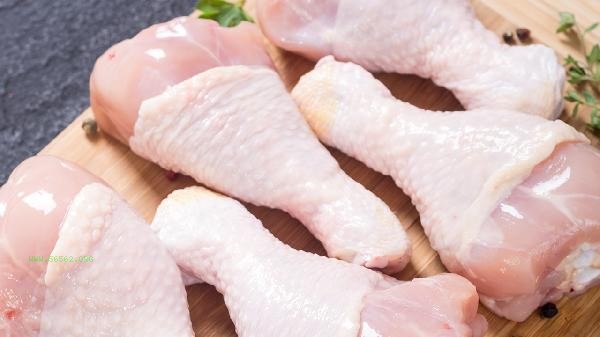Postpartum wind is a symptom in traditional Chinese medicine that refers to joint pain, chills, and other symptoms caused by deficiency of qi and blood, external wind, cold, and dampness in postpartum women. Treatment requires replenishing qi and blood, dispelling wind and dispersing cold, including traditional Chinese medicine regulation, moxibustion therapy, dietary adjustment, massage, and moderate exercise.

1. Traditional Chinese Medicine Regulation:
The core pathogenesis of postpartum wind is qi and blood deficiency combined with wind cold and obstruction. Commonly used formulas include Duhuo Parasitic Decoction for tonifying liver and kidney, dispelling wind dampness, Huangqi Guizhi Wuwu Decoction for warming the meridians, and Danggui Sini Decoction for nourishing blood and promoting blood circulation. Typical medicinal herbs such as Astragalus membranaceus for tonifying qi and stabilizing the surface, Angelica sinensis for promoting blood circulation and nourishing blood, Angelica sinensis for promoting vitality, preventing wind and dispelling dampness. According to the differentiation of physical constitution, adjustments should be made. For obvious blood deficiency, mature Rehmannia glutinosa should be added, and for severe cold, Fuzi should be added.
2. Moxibustion therapy:
Select acupoints such as Guan Yuan, Qi Hai, and Zu San Li for moxibustion, which can warm up the meridians and dispel cold pathogens. Ginger separated moxibustion has a better effect. Place sliced ginger on acupoints and apply moxibustion once a day for 15 minutes each time. For obvious lower back pain, moxibustion can be added to Shenshu and Mingmen. For joint cold pain, local Ashi acupoint rotary moxibustion can be used.
3. Dietary recuperation:

It is recommended to warm and enrich qi and blood with angelica ginger lamb soup, strengthen tendons and bones with eucommia pig waist soup, and enrich kidney and blood with black bean and red jujube Congee. Avoid eating raw and cold fruits and vegetables, and drink moderate amounts of brown sugar ginger tea to dispel cold and warm the palace. Cooking food with cinnamon and Sichuan peppercorns as isothermal seasonings in daily life can help increase yang energy.
4. Massage:
Massage the back and waist along the bladder meridian, and tap on the liver and spleen meridians to regulate qi and blood. Use the rolling method to release muscles at the joints of the limbs, and rub the Yongquan acupoint with ginger essential oil to ignite and return to the original energy. People with headaches can massage their temples and Fengchi points, paying attention to gentle techniques to avoid wasting energy.
5. Moderate exercise:
Two weeks after giving birth, start stretching the meridians with the Eight Section Brocade Two Hand Support Heavenly Principle Three Jiao Movement, or practice the improved version of Tai Chi Cloud Hand. Avoid direct blowing and wear knee and wrist guards during exercise. Take a 30 minute walk every day to promote blood circulation and gradually increase intensity according to your ability. Postpartum wind conditioning should pay attention to daily protection, keep the room warm and dry, and use warm water around 40 ℃ for washing. Wear high necked clothing to protect the big vertebrae, and wear cotton socks during sleep to prevent cold from entering through the feet. Medication during lactation requires guidance from a physician, and if symptoms continue to worsen or fever persists, prompt medical attention is necessary. Persist in consuming nuts such as black sesame and walnuts to supplement yang energy, and combine them with foot bath mugwort leaves and red flower decoction to promote metabolism. The recommended overall conditioning cycle is 3-6 months.









Comments (0)
Leave a Comment
No comments yet
Be the first to share your thoughts!